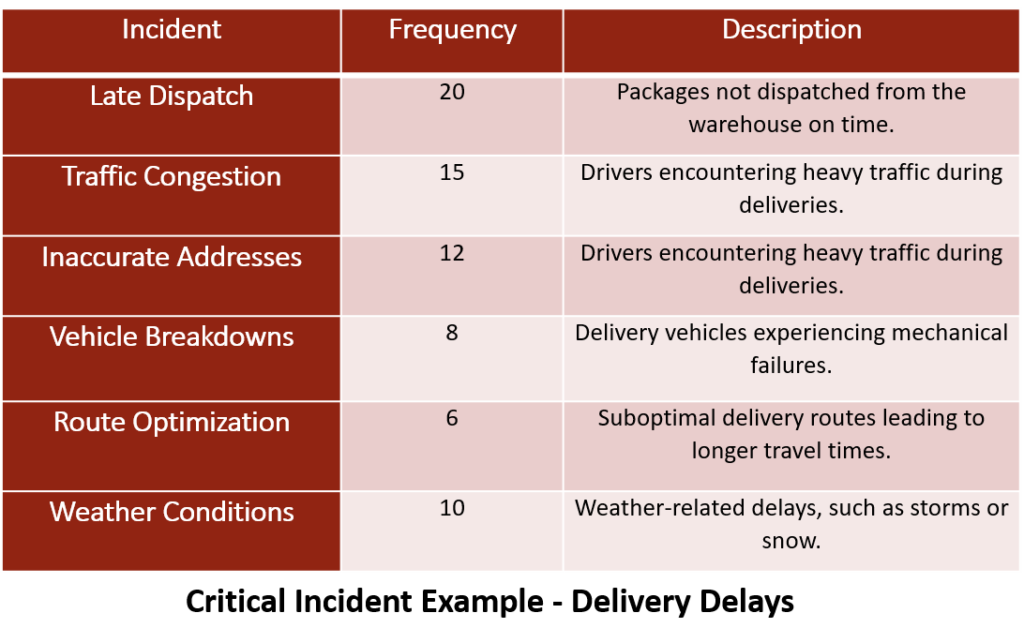In Lean Six Sigma, effectively analyzing critical incidents is a crucial skill. The Critical Incident Technique is a powerful tool that allows organizations to gain valuable insights into processes and identify areas for improvement. By diving deep into specific incidents and capturing detailed information, Lean Six Sigma practitioners can uncover root causes, patterns, and trends that may go unnoticed. In this blog post, we will take you through mastering the Critical Incident Technique, explore its benefits to Lean Six Sigma projects, and provide real-life examples to showcase its practical application. Whether a beginner or an experienced professional, this guide will equip you with the knowledge and skills necessary to leverage CIT for continuous improvement in your organization.
Critical Incident
Critical incident technique stands out as a sophisticated tool for delving into root cause analysis, offering valuable assistance in uncovering the underlying reasons behind an event. In contrast to more straightforward cause analysis tools like brainstorming or fishbone diagrams, the critical incident technique relies on interviews with diverse individuals who were part of the process where the event took place to pinpoint the cause. It helps to identify critical incidents or events that significantly impact a process or system.
Steps to Implement Critical Incident Technique
1. Define the purpose (Clearly state the objective)
2. Select participants (Include employees, customers, or stakeholders)
3. Develop incident questions (Focus on specific incidents in the process)
4. Collect data (Conduct structured interviews or surveys)
5. Analyze data (Categorize and code incidents)
6. Extract key findings (Highlight recurring themes or issues)
7. Generate recommendations (Develop actionable suggestions)
8. Implement changes (Put recommendations into practice)
Benefits of Critical Incident Technique
- It captures specific incident data, providing in-depth understanding of processes.
- Helps to identify root causes of incidents, thus enabling informed improvements.
- Reveals recurring themes and challenges for targeted solutions.
- Encourages data-driven, resource-efficient improvements.
- Applies to manufacturing (equipment issues) and services (customer complaints).
- Enhances efficiency, customer satisfaction, and overall success.
Example of the Critical Incident Technique
A large e-commerce company noticed a significant increase in customer complaints about delayed deliveries. They decided to employ the CIT to uncover the root causes of these delays and improve their delivery process.

Conclusion
Critical Incident Technique emerges as a powerful tool for root cause analysis within Lean Six Sigma methodologies. Critical Incident Technique provides deep insights by focusing on specific incidents and involving diverse stakeholders through structured interviews, enabling organizations to uncover the root causes of issues and drive meaningful improvements. This approach stands apart from more straightforward tools and offers a structured process, as demonstrated by real-life examples in diverse sectors, such as telecommunications, manufacturing, and healthcare. By harnessing this Technique, organizations can proactively address challenges, enhance efficiency, and ultimately achieve tremendous success in their processes and systems.


